
Southern African area
Southern African Development Community (SADC) region is seen as the future place for investments with its 300 million potential customers, port gateways, and aim for political stability and economic conditions. Rapid urbanization is a key development in many countries of SADC and there is a growing need for infrastructure development, education and services.
SADC is a regional economic community including 16 member states; Angola, Botswana, Comoros, Democratic Republic of Congo, Eswatini, Lesotho, Madagascar, Malawi, Mauritius, Mozambique, Namibia, Seychelles, South Africa, Tanzania, Zambia and Zimbabwe. Its goal is to enhance regional socio-economic cooperation and integration as well as political and security cooperation among the member states in Southern Africa. Source
Namibia
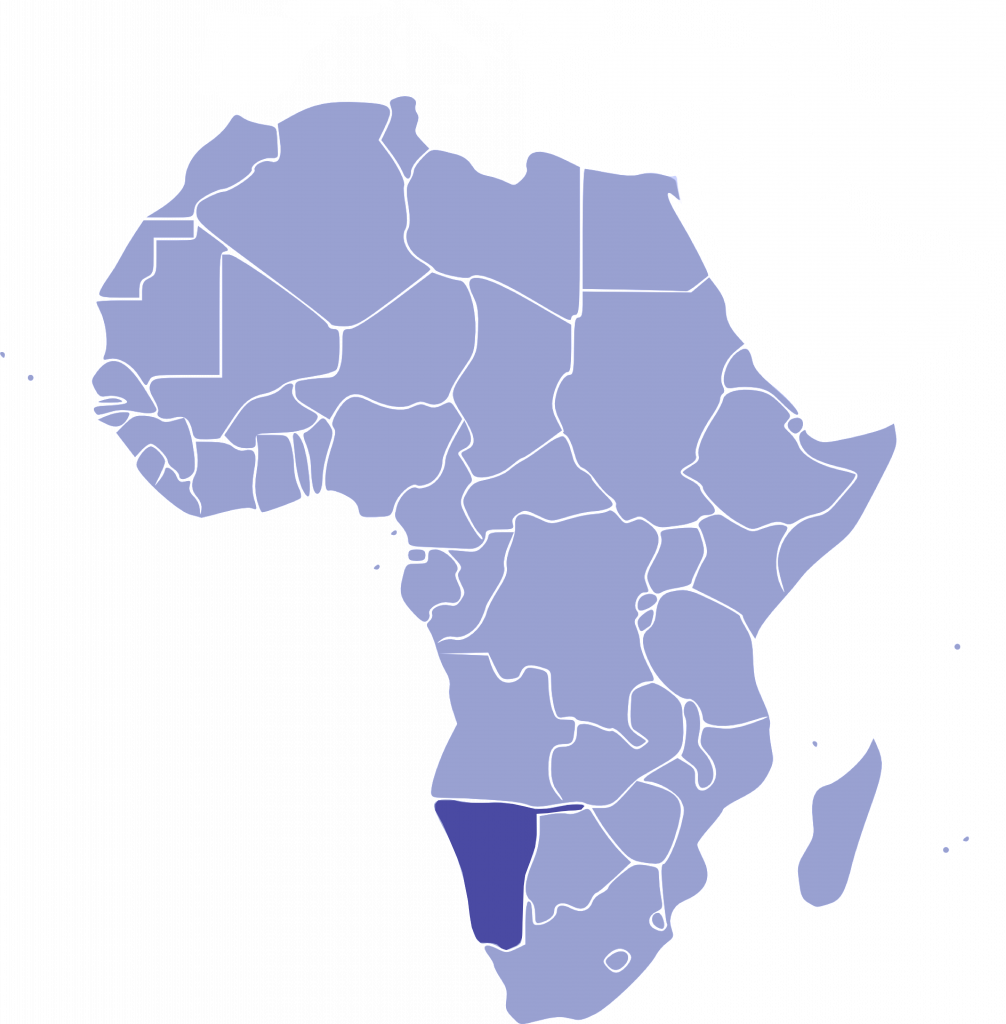
Country information
- Capital city: Windhoek
- Area Total: 824,292 sq km, Land: 823,290 sq km,Water: 1,002 sq km
- time difference: UTC+1
- Independence: 21 March 1990 (from South African mandate)
- Population: 2.7 million (July 2021 est.)
- Population Growth: 1.83% (2021 est.), country comparison to the world: 49
- Urban population: 53% of total population (2021)
- Climate: desert; hot, dry; rainfall sparse and erratic
- Government type: presidential republic
- Legislature: bicameral Parliament consists of the National Council (42 seats) and the National Assembly (104 seats)
- Legal system: mixed legal system of uncodified civil law based on Roman-Dutch law and customary law
- Language: Oshiwambo languages (50%), Nama/Damara (11%), Kavango languages (10%), Afrikaans (9%), Herero languages (9%), Zambezi languages (5%), English (official) (2%), other (3%) (2016 est.)
- Religion: Christian 80% to 90% (at least 50% Lutheran), indigenous beliefs 10% to 20%
Themes
Doing business in Namibia
South Africa

Country information
- Population: 56,978,635
- Currency: rand
- Languages: Zulu (official) 24.7%, Xhosa (official) 15.6%, Afrikaans (official) 12.1%, Sepedi (official) 9.8%, Setswana (official) 8.9%, English (official) 8.4%, Sesotho (official) 8%, Xitsonga (official) 4%, Swati (official) 2.6%, Tshivenda (official) 2.5%, Ndebele (official) 1.6%, other (includes Khoi, Nama, and San languages) 1.9%
- Capital city: Pretoria (administrative capital); Cape Town (legislative capital); Bloemfontein (judicial capital)
- Main exports: gold, platinum, cars, iron products, coal, manganese, diamonds
- Main imports: crude petroleum, refined petroleum, cars and vehicle parts, gold, broadcasting equipment
- Political and economic situation: South Africa is one of the largest and the most diversified free market economies on the African continent. It is home to over 75% of the leading African companies and a global leader in banking and financial market/services systems. South Africa remains one of the world’s richest in mineral resources and has developed its economy on the strength of its mining, engineering, manufacturing, agriculture, financial services and ICT sectors.
Themes
Doing business in South Africa
Zambia
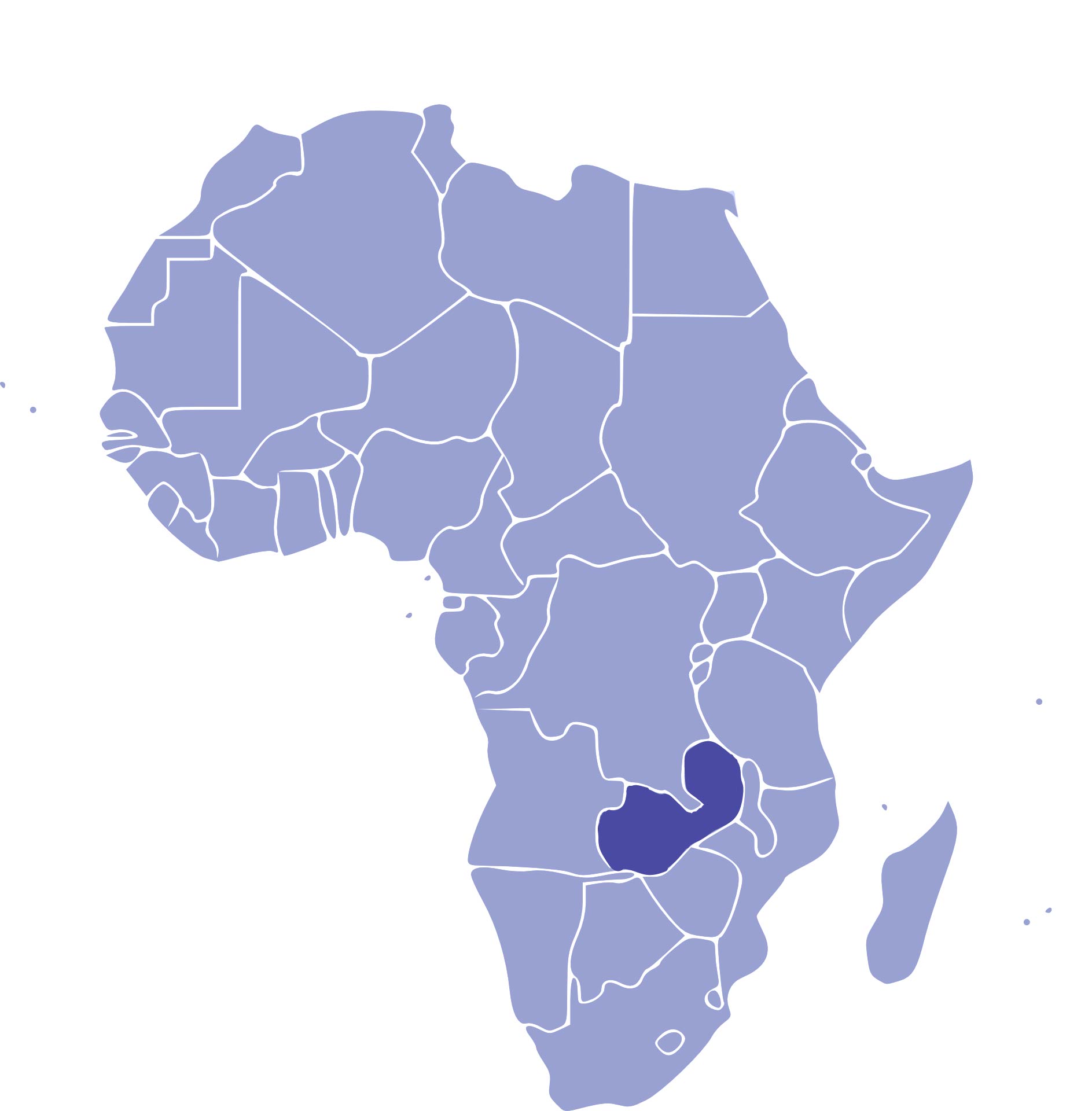
Country information
- Capital City: Lusaka
- Land Surface Area: 752, 000 km2
- Climate: Zambia’s geographical position and high altitude provides the country with sub-tropical vegetation and climatic conditions.
- Population: 13.4 million people, of whom 39% live in urban areas. The annual population growth rate is 2.8%, with a population density of 17.3 persons per square kilometer.
- Independence: 24 October 1964 (from the United Kingdom)
- Political and Legal System: A multi-party democratic system of government with separation of power between the three arms of
- Government: the Legislature (parliament), Executive (cabinet) and Judiciary (courts of law). Both the President (who must belong to a registered political party) and Members of Parliament are directly elected by the people. The president appoints Cabinet Ministers from elected and nominated Members of Parliament. Parliament, headed by the Speaker of the National Assembly, comprises 150 elected members and up to 8 members nominated by the president. The Supreme Court is the highest court of appeal and is headed by the Chief Justice.
- Adult Literacy Rate: 68 percent
- Spoken Languages: English (official language), other main local languages are Bemba, Lozi, Lunda, Luvale, Nyanja and Tonga. There are about 70 other indigenous languages and dialects that are spoken throughout Zambia.
- Religion: Christianity is the largest faith group. Minority faith groups are Muslims and Hindus. The Republican Constitution recognizes Zambia as a Christian nation
- Natural Resources: Copper, cobalt, coal, emeralds, gold, water, wildlife and timber.
- Time Zone: Greenwich Mean Time (GMT) +2 hours
Themes
Doing business in Zambia
Angola
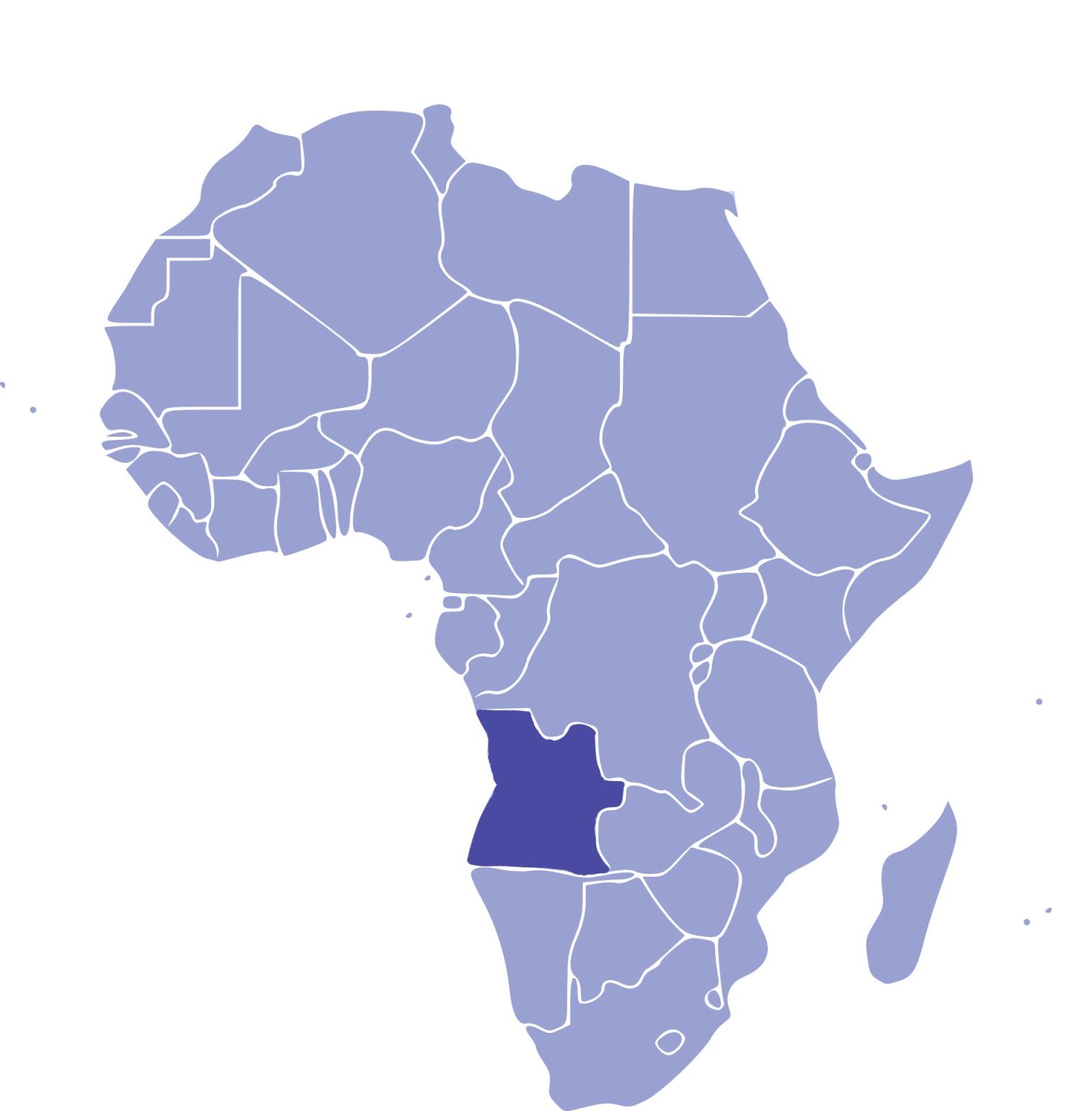
Country information
- Capital city: Luanda
- Population: 33.6 million (July 2021 est.)
- Currency: Kvanza (1 kvanza is equal to 0,0018 EUR)
- Language: Portuguese 71.2% (official), Umbundu 23%, Kikongo 8.2%, Kimbundu 7.8%, Chokwe 6.5%, Nhaneca 3.4%, Nganguela 3.1%, Fiote 2.4%, Kwanhama 2.3%, Muhumbi 2.1%, Luvale 1%, other 11.4%
- Exports: $21 billion (2020 est.) crude petroleum, diamonds, natural gas, refined petroleum, ships (2019). Main partners China and India; Imports: $15.12 billion (2020 est.) refined petroleum, scrap vessels, meat, rice, palm oil (2019). Main partners China, Portugal, Nigeria and Belgium;
- Political situation: African oil leader and OPEC member; widespread poverty; emerging African finance and investment capital; systemic public corruption and lack of oversight; massive foreign direct investment recipient.
Themes
Doing business in Angola
Botswana
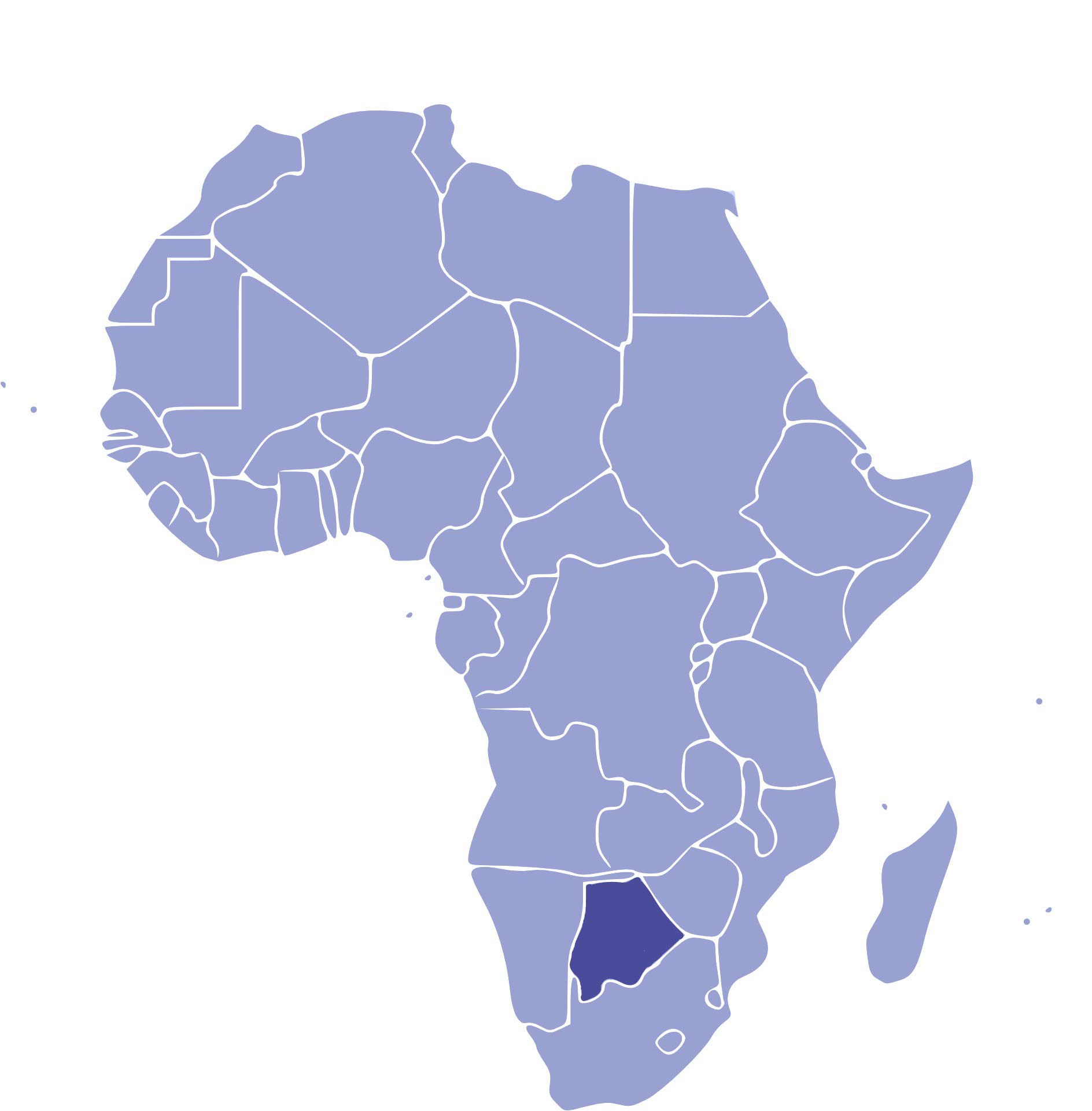
Country information
- Capital city: Gaborone
- Area Total: 581,730 sq km
- Time difference: UTC+2
- Independence: September 30, 1966 (from United Kingdom)
- Population: 2,350,667
- Population Growth: 1.5%
- Urban population: 72.2%
- Climate: semiarid; warm winters and hot summers
- Government type: parliamentary republic
- Legislature: unicameral Parliament consists of the National Assembly (63 seats)Legal system: mixed legal system of civil law influenced by the Roman-Dutch model and also customary and common law
- Language: Setswana 77.3%, Sekalanga 7.4%, Shekgalagadi 3.4%, English (official) 2.8%, Zezuru/Shona 2%, Sesarwa 1.7%, Sembukushu 1.6%, Ndebele 1%, other 2.8% (2011 est.)
- Religion: Christian 79.1%, Badimo 4.1%, other 1.4% (includes Baha'i, Hindu, Muslim, Rastafarian), none 15.2%, unspecified 0.3% (2011 est.)
- Currency: Pula (0,077 Euro)
- GDP per capita: $16,000
- Electrification: 59%
- Industries: diamonds, copper, nickel, salt, soda ash, potash, coal, iron ore, silver; beef processing; textiles
- Exports: diamonds, insulated wiring, gold, beef, carbonates
- Export partners: India 21%, Belgium 19%, United Arab Emirates 19%, South Africa 9%, Israel 7%, Hong Kong 6%, Singapore 5%
- Imports: diamonds, refined petroleum, cars, delivery trucks, electricity
- Import partners: South Africa 58%, Namibia 9%, Canada 7%
Themes
Doing business in Botswana
Mozambique
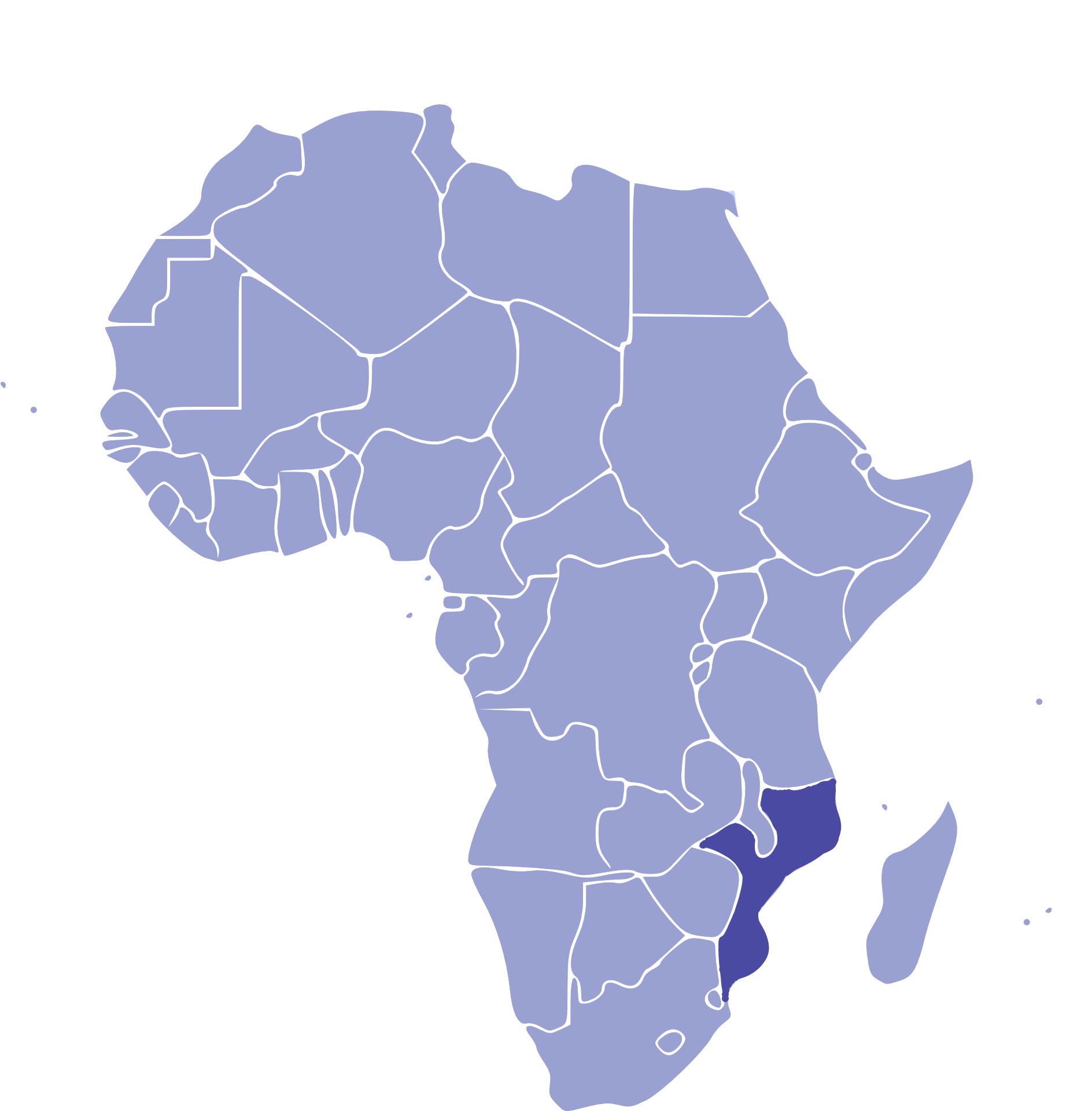
Country information
- Capital city: Maputo
- Area Total: 799,380 sq km, Land: 786,380 sq km, Water: 13,000sq km
- Time difference: UTC+2
- Independence: 25 June1975 from Portugal
- Population: 30,888,034 (July 2021 est.)
- Population Growth: 2.58% (2021 est.). Country comparison to the world: 15
- Urban population: 38.2% of total population (2021)
- Climate: tropical to subtropical
- Electrification - total population: 35% (2019), urban areas: 57%, rural areas: 22%
- Government type: presidential republic
- Legislature: unicameral Assembly of the republic (250 seats), 5-year terms
- Legal system: mixed legal system of Portuguese civil law and customary law (if no formal legal system in predominantly Muslim villages, Islamic law may be applied
- Language Makhuwa 26.1%, Portuguese (official) 16.6%, Tsonga 8.6%, Nyanja 8.1, Sena 7.1%, Lomwe 7.1%, Chuwabo 4.7%, Ndau 3.8%, Tswa 3.8%, other Mozambican languages 11.8%, other 0.5%, unspecified 1.8% (2017 est.)
- Religion: Roman Catholic 27.2%, Muslim 18.9%, =zionist Christian 15.6%, Evangelical/Pentecostal 15.3%, Anglican 1.7%, other 4.8%, none 13.9%, unspecified 2.5% (2017 est.)
- Currency: Metical
- GDP per capita (Purchasing Power Parity): $1,200 (2020 est.)
- Industries: aluminum, petroleum products, chemicals (fertilizer, soap, paints), textiles, cement, glass, asbestos, tobacco, food, beverages
- Exports: $4.35 billion (2020 est.) coal, aluminum, natural gas, tobacco, electricity, gold, lumber (2019)
- Export partners: South Africa 16%, India 13%, China 12%, Italy 7%, United Arab Emirates 5%, Germany 5% (2019)
- Imports: $8.38 billion (2020 est.) refined petroleum, chromium, iron, bauxite, electricity (2019)
- Import partners: South Africa 31%, India 18%, China 17% (2019)